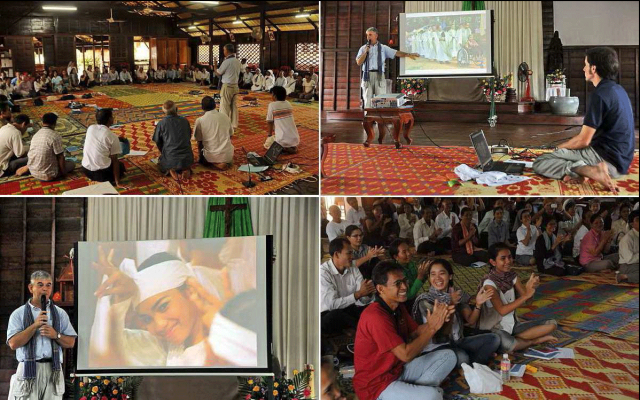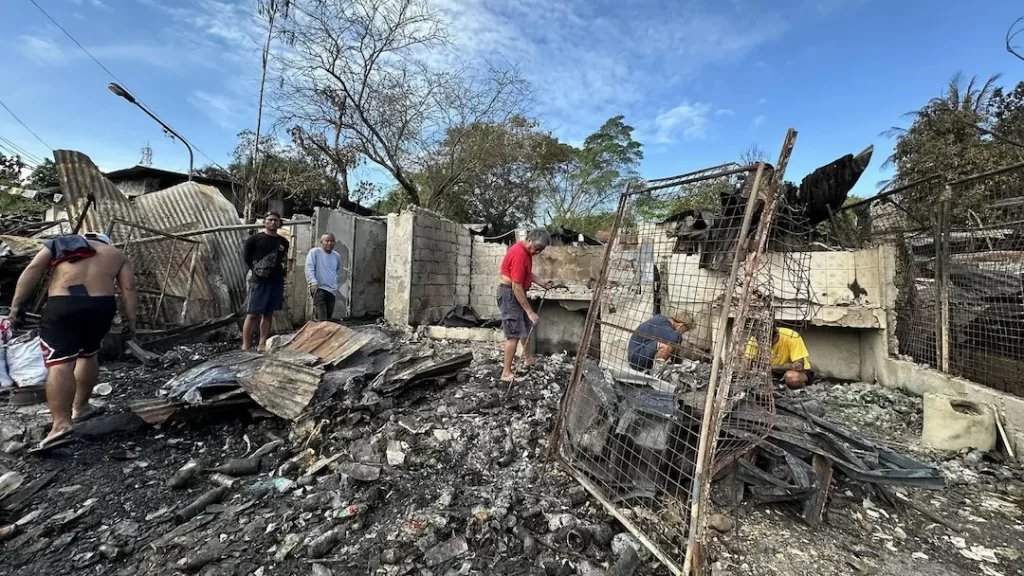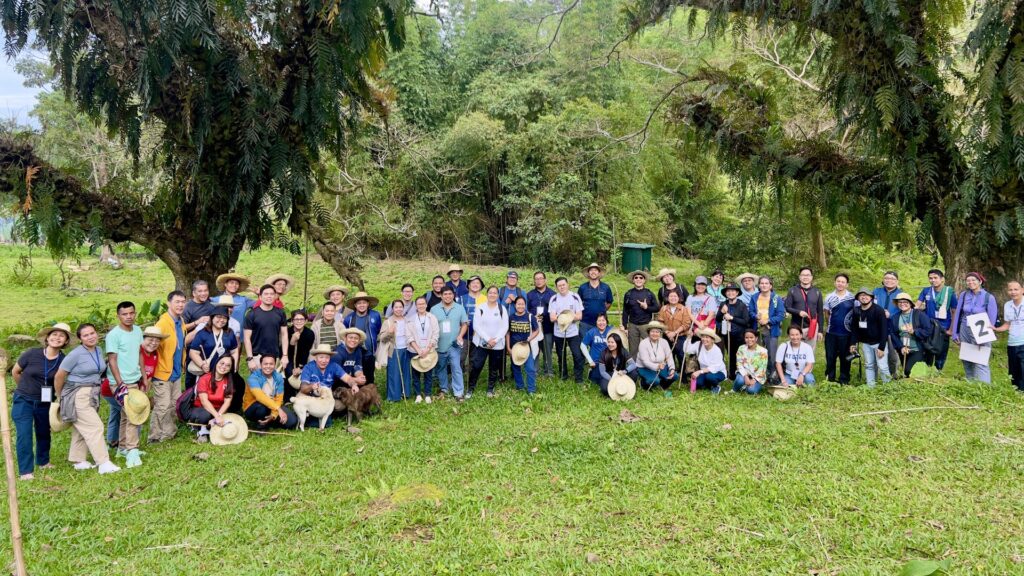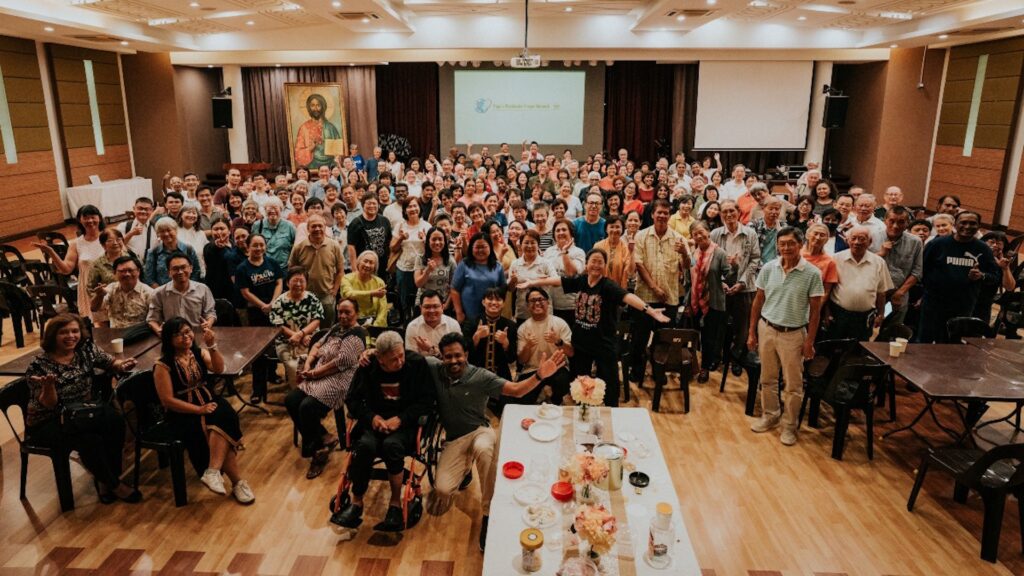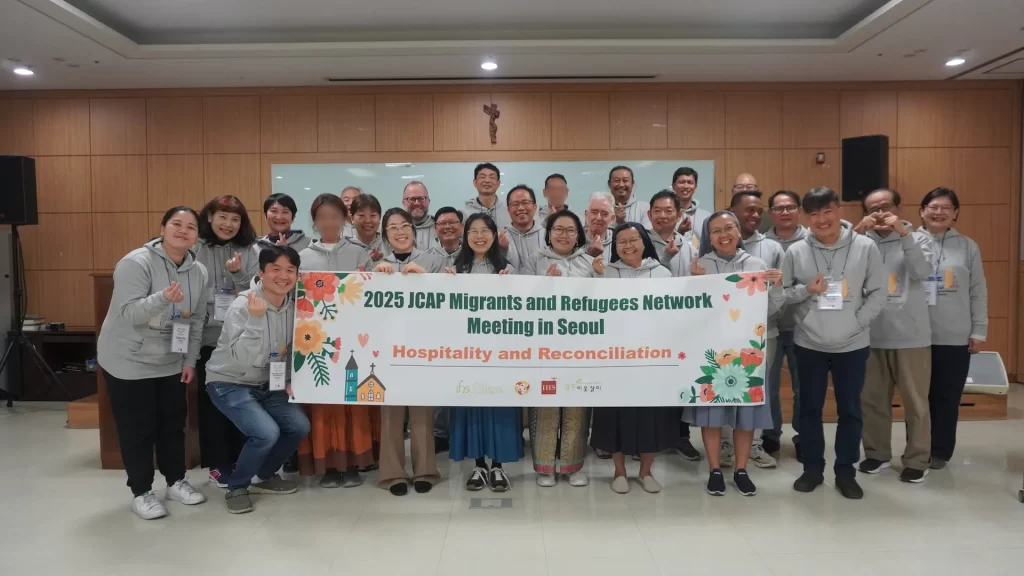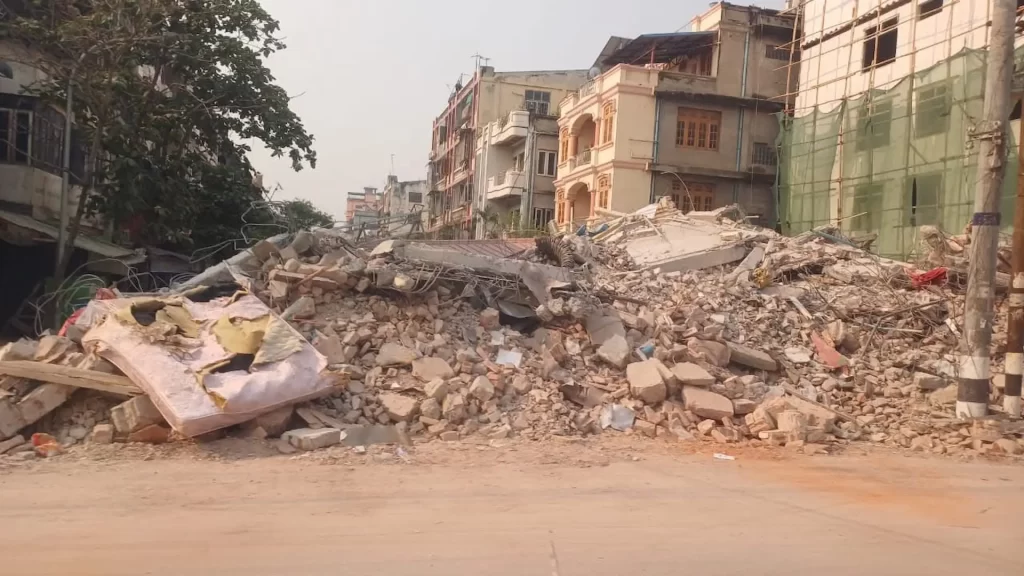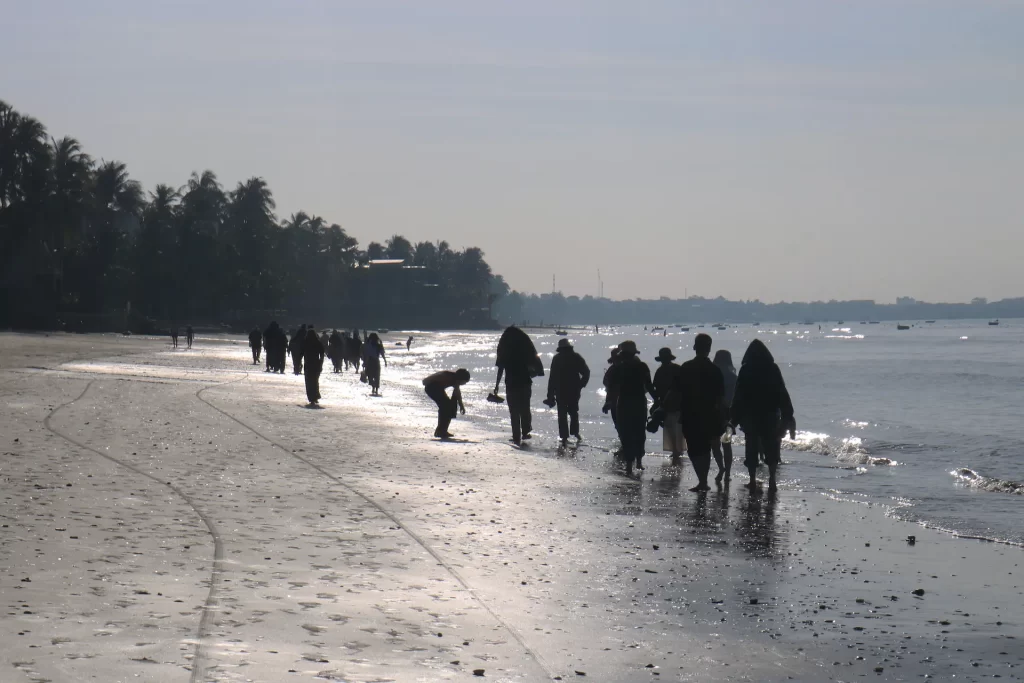10th Meeting of the Prefecture of Battambang
Siem Reap, October 20-22, 2009
Our life is full of experiences that spin and interweave, making up realities of life completely unsuspected, exceeding many times our dreams and expectations. The strength of life and the faithfulness of God in his love with his people is manifested with extreme clarity. This is our experience in Cambodia.
Every year, on the last quarter, the different teams of the Prefecture that work in social services, pastoral and education in the parishes meet together to share our projects, experiences and challenges. We meditate and pray together about them, put them in the light of Christ and try to draw a line of action.
This time, the meeting has been more special than other years, first of all because it was a round number (the tenth) and also because the attendants exceeded the hundred. The way we shared “our personal experience” made the event especially outstanding.
Ten years ago, in this meeting we were around 20 people. The increase in attendees tells us that the increase of our presence, projects and services is remarkable. But, what really made the results of this experience unforgettable was the way we shared our personal stories in little workgroups.
Our main objective is to “weave our history”. The first day, after brief introductions to the people that had came for the first time, we had the first story that gave us a model on how to share our own stories. The artist of the model was Jub, the new priest of the dioceses, but veteran for us after 26 years between the Cambodians, disabled and refugees. He made us penetrate in the richness of his life; a life between the people, serving modestly and contemplating God in his everyday life.
Afterwards, we all shared our personal experience in little workgroups and little by little we started to weave a common story with the most important threads from each of our stories. And, from these common stories, we looked for what is common and makes us stronger, what is most relevant, what are our challenges, what is that that has to continue characterizing our presence, services and life.
Looking carefully at these stories of life that flow together in one common story we can see the “sparks of the presence of God”, what are the constants that build our common history and how we can continue flare upthis fire that holds up our lives in Cambodia in order to make our pastoral plan for the next years.
The night of the 21st was unforgettable because Bernardette Glisse shared with us her life in Cambodia. Since 1979, she has had 30 years of life and services between the Cambodians. From “Bernie”, how she was first known in the refugees camps where malnutrition and emergencies where the everyday life, until the life of “Bernadette” in Cambodia were her worked has been more related with the comprehensive development, Bernadette has proved with her life, consecrated to the service of the Cambodians, that she is not only nurse and midwife, founder and coordinator of Caritas Siem Reap in the last 15 years. She is a loyal partner that from her modest life of dedication as secular, she is essential in the life of thousands of Cambodians that today play an active role in the society of Cambodia.
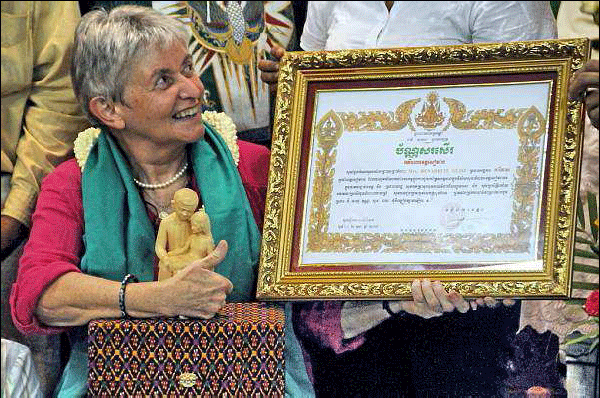 |
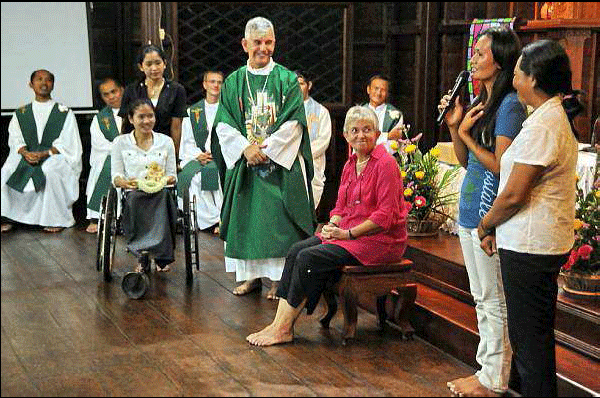 |
Thousands of children were born in the refugees camps under the hands of this tireless woman.Today, Bernadette is still giving live and hope, mainly to the people that live with HIV through her projects and a wonderful team that provides medical care in the most unsuspected places of the province of Siem Reap. It was a warm and close celebration that started with the mass and ended with flowers, presents and a dinner where we could thank her all of these years of effort, dedication, love and service to the most vulnerable.
With this meeting we have started a process that will end in July 2010 giving light to that story that interweaves the live of God with our lives in Cambodia. In other words, the live of the Church, here in the Prefecture of Battambang, between the most vulnerable and many of our initiatives and the initiatives from others in order that the faithfulness of the Divine Compassion is shown in favor of a full live for all.
A Diocesan Synod will show in the month of July our present reality in order to be dialogued, prayed and assimilated by our communities and, from there, approve our Diocesan Pastoral Plan.
Like in a “Kroma”, the typical handmade Cambodian cloth, woven in the looms all around Cambodia, the richness of the colors of hope and the life of commitment for the others will show us that in the lives of the people Cambodia, there is a story of love between God and his people.
Kike Figaredo sj
Battambang October 31st, 2009

